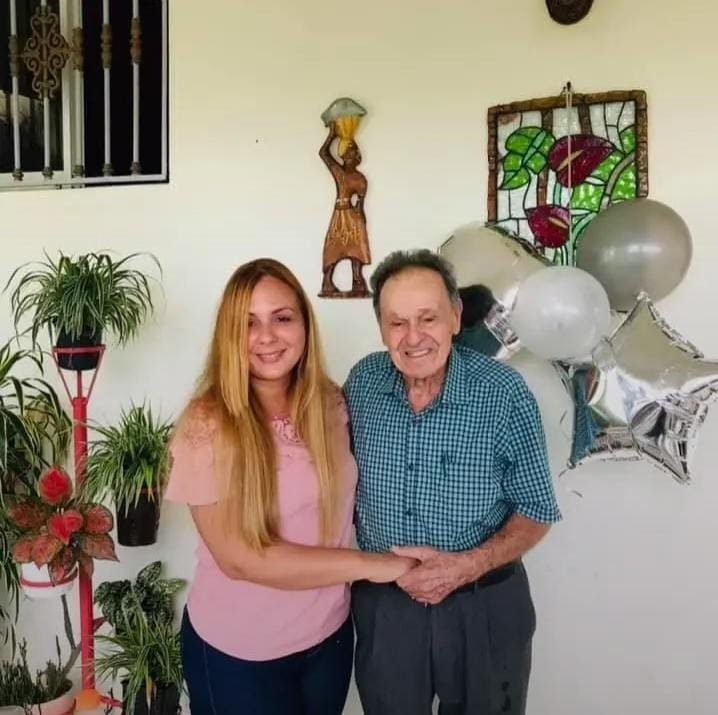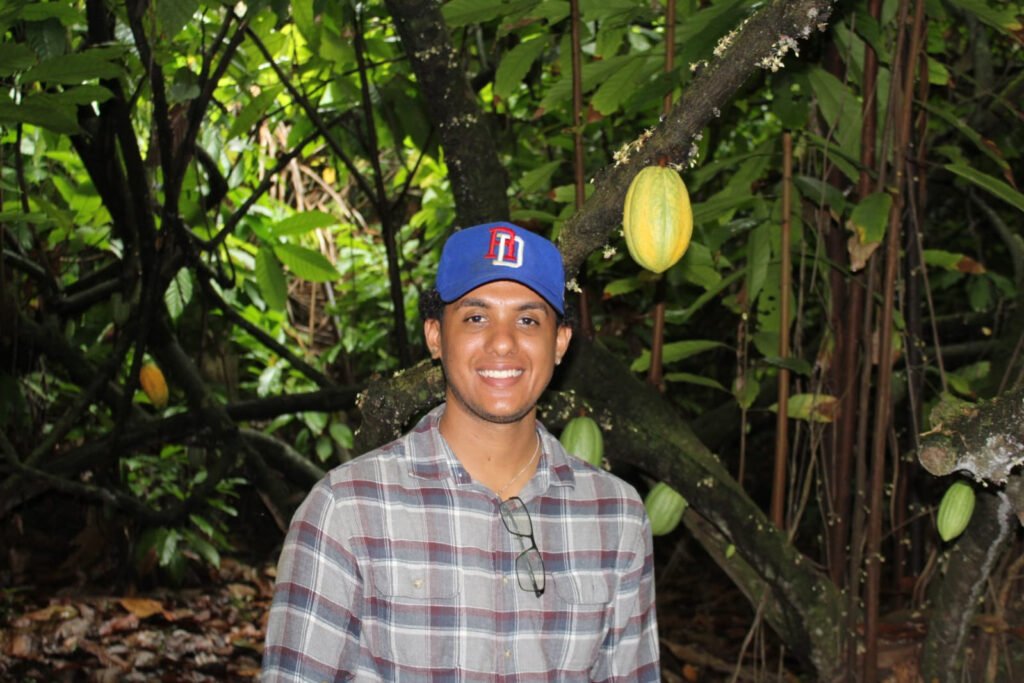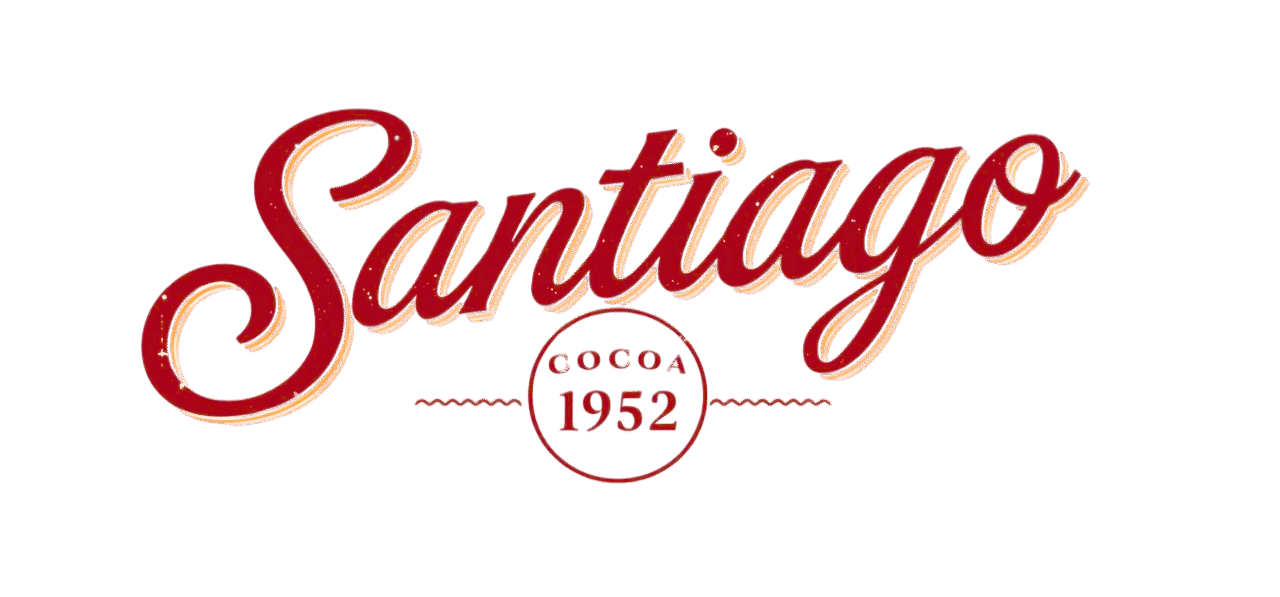Since 1955 · Dominican Republic
Our Story Begins (1955).
In 1955, a 17-year-old from Villadiego, Burgos—Santiago Cuesta Ortega—left Spain with pockets of hope and a heart shaped by scarcity. The aftershocks of the Civil War—ration books, poverty, and political repression—pushed him to make a decision that would change his life and, eventually, ours. Newspaper stories led him to believe he was heading to the United States with “super machines” working the fields. Instead, he arrived in the Dominican Republic—one of several agricultural colonization destinations receiving Spanish farmers in the mid-1950s.[1] The first 1955 contingents were received in Santo Domingo and transferred via Sánchez to the Baoba del Piñal colony; over time many families concentrated in nearby San Rafael (Nagua/Cabrera).[2] [3] With a machete—often barefoot, often hungry—he learned the land by working it. Cassava, plantains, and other staples kept him going while he carved furrows into soil he did not yet know but grew to love. Years later he founded a cocoa enterprise—Santiago Cacao—connecting with national and international buyers. Being the youngest of his cohort, the nickname stuck: “El Chaval.” On August 23, 2021, Santiago said goodbye to this world—the last of that Spanish group to pass.

Heritage meets precision
Born in a country renowned for fertile soils and unique microclimates, Santiago Cocoa has spent more than seven decades connecting local producers with discerning international buyers. We pair heritage and expertise with controlled fermentation, careful drying, and meticulous selection to achieve distinctive sensory profiles and repeatable quality.
Every shipment reflects our commitment to excellence, transparency, and respect for Dominican cacao culture. Today—just as in the mid-1950s—we are dedicated to supplying premium cocoa to makers and manufacturers seeking exceptional raw material for their creations.
To connect the world with authentic Dominican cocoa and help our clients craft chocolates and cocoa products that stand out for flavor and excellence.
How we work
A modern, auditable process designed for flavor and trust—from the farm to your roaster.
Partnering with growers across the Dominican Republic’s best micro-regions.
Temperature, time, and turning protocols tuned for complex profiles.
Careful drying and hand selection to reduce defects and ensure consistency.
Lot-by-lot documentation from origin to shipment for full transparency.
What we stand for
Quality is intentional—from field standards to export logistics.
Clear specs, open communication, and documentation you can trust.
We grow with our clients—supporting R&D, profiles, and long-term supply.
Meet the team
Regional presence to support you locally—while staying close to origin.

Silvia Cuesta Inoa
Owner

Patrycja Ewa Lawrynowicz
Regional Representative — Europe

Jonathan Bonilla Cuesta
Regional Representative — USA

Jairo Bonilla Cuesta
Head of Fermentation & Drying · Cultivation & Farmer Support — Dominican Republic
Certificates & Compliance (PDF)
Download and review our compliance documents. For updated copies, contact us.
We ship directly from the Dominican Republic with documented specifications and export compliance. Ask us about profiles, samples, and availability.

Map & Address
Santiago Cacao CatappaExim
Santiago de los Caballeros, República Dominicana
Hours: Mon–Fri 9:00–17:00 (by appointment)
Contact
© Santiago Cocoa. All rights reserved.
References
- Francis Pou, “Inmigración de agricultores españoles a la República Dominicana en el período Franco-Trujillo (1939–1961)”. Dialnet abstract (Revista de Indias). (Cita: 4,131 inmigrantes en 1955; colonias Baoba del Piñal, Guanito/Constanza, etc.)
- Juan Manuel Romero Valiente, La inmigración española en la República Dominicana (extracto). Calaméo. (Cita: llegada 7-ene-1955, traslado a Sánchez y Baoba del Piñal; reparto de tierras 1955–56).
- Entrevistas y datos sobre concentración en San Rafael (antigua colonia de Baoba del Piñal) y testimonio de colonos (1994–1995). Calaméo.
- Fundación Corripio, nota sobre el “Día del Inmigrante” y la estatua donada el 18-dic-1989. fundacioncorripio.org.do.
- Listín Diario, cobertura con ubicación (Av. 27 de Febrero & José Ortega y Gasset) y autor (Antonio Prats Ventós). listindiario.com.
- Diario Libre, “El Día del Inmigrante celebrado ante su estatua” (ubicación y autor); y prensa adicional. diariolibre.com.
